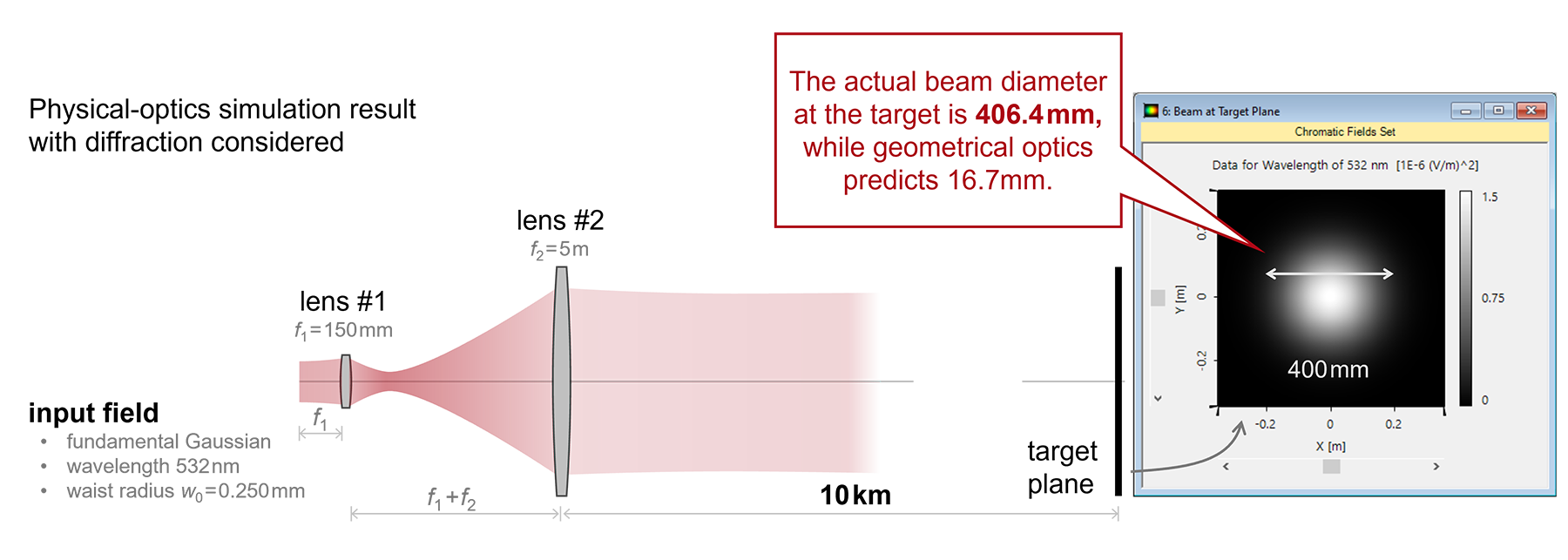Contents

Source: LightTrans
Understanding Afocal Optical Systems
Introduction to Afocal Systems
Afocal optical systems are unique configurations in the field of optics that are designed to output parallel light rays when parallel light rays are input. This characteristic means that these systems do not have a focal length, focal points, nodal points, or principal planes. Essentially, they do not converge or diverge light but maintain the parallelism of light rays entering and exiting the system.
Characteristics of Afocal Optical Systems
The defining feature of afocal systems is their ability to handle parallel rays without focusing them. This is reflected in the ABCD matrix representation used in optics, where a specific matrix component is zero when the refractive index remains constant across the input and output sides. Afocal systems are fundamentally different from focal or non-afocal systems, which do possess the ability to focus light.
Examples of Afocal Systems
Telescope Configurations
One of the most well-known examples of an afocal optical system is the telescope. In its simplest form, a telescope consists of two focal components, such as lenses, arranged to view distant objects. The telescope sends parallel rays to the observer’s eye, which are then focused on the retina, allowing for the magnification of distant objects. This setup can include refractive telescopes, such as Keplerian or Galilean types, as well as configurations using curved mirrors or prism pairs.

Beam Expanders
Beam expanders are another example of afocal systems. These devices are used to convert a collimated laser beam into another collimated beam with a larger radius. This capability is particularly useful in laser applications, where adjusting the beam size is necessary. When reversed, a beam expander can reduce the beam radius, offering versatility in various optical setups.
Applications of Afocal Systems
Afocal optical systems have a wide range of applications beyond telescopes and beam expanders. They can be integrated with photographic cameras or infrared viewers to provide magnification while reducing the field of view. This makes them invaluable in fields such as astronomy, surveying, and various scientific research areas where precise optical manipulation is required.
This blog post provides an informative overview of afocal optical systems, explaining their characteristics, examples, and applications in a straightforward and professional manner. The use of images enhances understanding by visually representing the concepts discussed.

Source: YouTube
Feel free to comment your thoughts.



